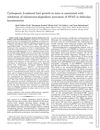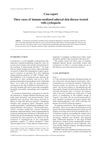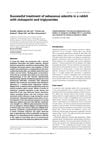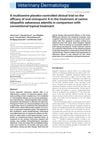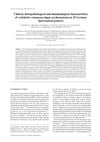Effects of Cyclosporine A on Clinical and Histologic Abnormalities in Dogs with Sebaceous Adenitis
January 2005
in “
Journal of the American Veterinary Medical Association
”
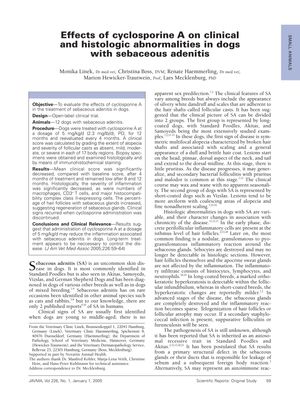
TLDR Cyclosporine A can reduce inflammation in dogs with sebaceous adenitis, but ongoing treatment is needed.
In a study conducted in 2005, 12 dogs with sebaceous adenitis were treated with cyclosporine A at a dosage of 5 mg/kg/day for 12 months. The treatment's effectiveness was monitored through clinical scoring of alopecia and follicular casts across 17 body regions, as well as through histological examination and immunohistochemical staining of biopsy specimens. The results showed a significant decrease in the mean clinical score after 4 months, which persisted at 8 and 12 months. Histological analysis revealed a significant reduction in inflammation, macrophages, CD3+ T cells, and major histocompatibility complex class II-expressing cells. Additionally, there was an increase in the percentage of hair follicles with sebaceous glands, indicating potential gland regeneration. However, clinical signs of the disease returned after cessation of cyclosporine treatment. The study concluded that cyclosporine A at the given dosage may effectively reduce inflammation associated with sebaceous adenitis in dogs, but long-term treatment is necessary to maintain control over the disease.
